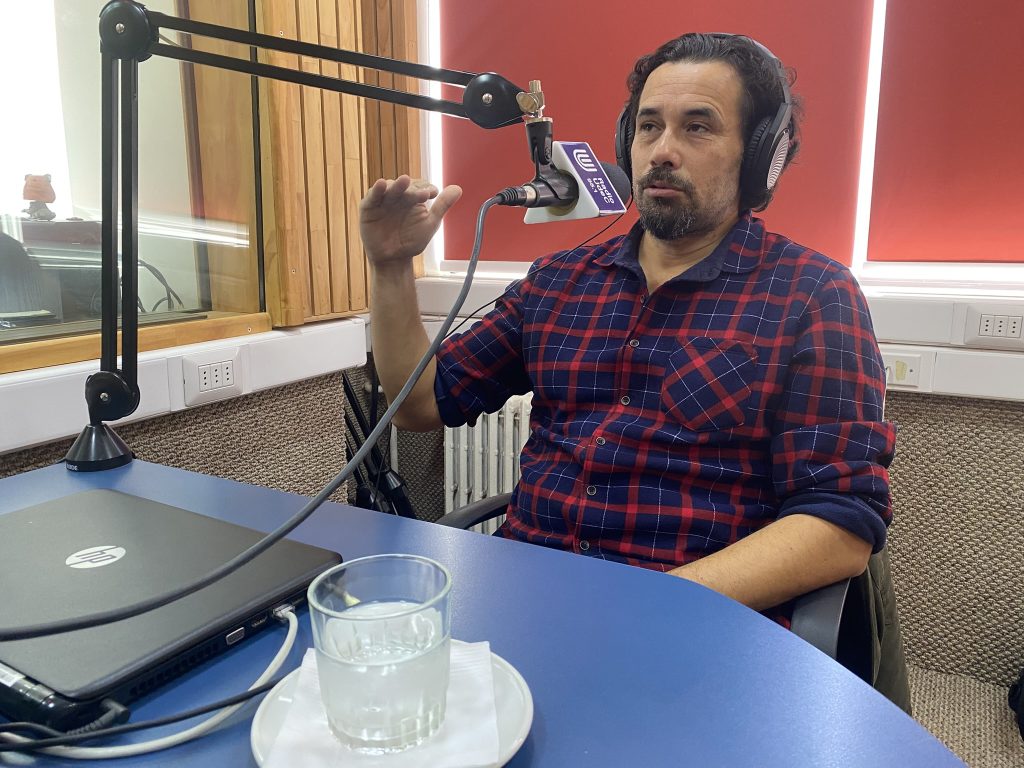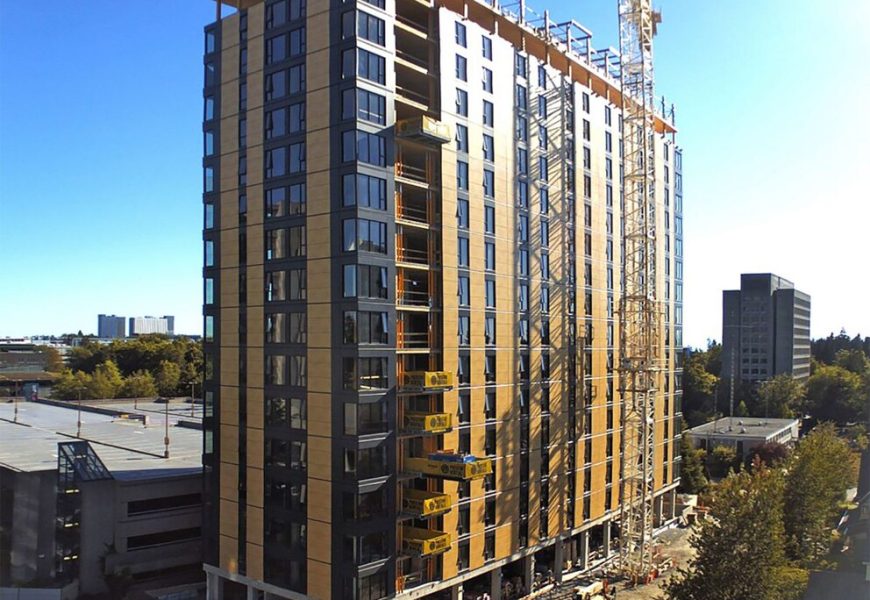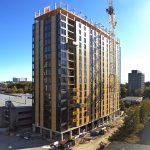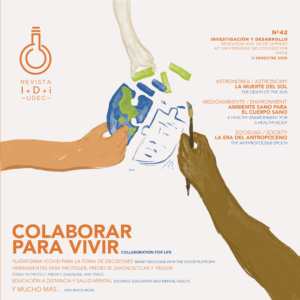By: Soledad Toledo Cabrera, Journalist VRID UdeC / lucabrer@udec.cl
Images: Archive
Leer en español
The heritage of Chiloé is its churches. First built by Jesuit missionaries in the 17th and 18th centuries, and later by Franciscans in the 19th century, there are almost 70 churches scattered throughout the archipelago that stand out for their architecture, a combination of European and indigenous traditions, and for the use of the most abundant material in that environment: wood.
It is hard to imagine that, in the middle of a modern city, a tower several meters high could be erected, built entirely of wood, like those of the southern churches. Concrete is today the preferred material in construction. However, projects are making progress to reduce its use, in search of more environmentally friendly materials.
“We are living a moment in the history of humanity where we are realizing that the influence of human beings and development are producing negative consequences,” says Dr. Vicente Hernández Castillo, an academic at the Faculty of Forestry Sciences. The researcher notes that modern construction materials are highly resistant, but significant amounts of energy and natural resources are required to produce them.
“We are rediscovering and reconnecting with wood, and it is being proposed that wood is the solution for the construction of the future,” he says.

International experiences
“We are talking about the original construction material,” recalls Dr. Hernández. In Chile, native wood was used for a long time to build houses due to its properties and abundance. However, today, efforts are being made to progress to high-rise construction. “In Canada, there is already an 18-floor building, built in wood, in no more than 3 months. This is because, with current technology, prefabrication allows the blocks to be prepared and then assembled. This is a great step forward and tells us about what is coming and what we must prepare for.”
The academic refers to the Brock Commons Tower in Vancouver, a 53-meter-high building located on the University of British Columbia’s Point Grey campus, which opened as a student residence in 2016. It was the tallest building in the world built of wood, surpassed later by the Mjøstårnet, in Norway, with a height of 85.4 meters, and by the Ascent in Milwaukee, United States, a solid wooden tower of 86.6 meters inaugurated in March 2025.
“Wood is a very versatile material. It has mechanical resistance properties, low weight, thermal and acoustic insulation properties, and, above all, it offers us protection in these seismic terrains, given its flexibility,” explains Hernández, who adds that, combined with these characteristics and a good design, it also offers an attractive aesthetic value.
Everything is recycled
Wood also has the advantage of accumulating carbon dioxide, helping to reduce this gas in the atmosphere. “Trees absorb CO2 during their growth, and when we cut the tree and transform this wood into a building, we keep the CO2 parked there for 50 or more years,” says Dr. Hernández. Once its useful life is over, the material can be recycled.
“There are initiatives that seek, for example, to recover native wood from old buildings, with which furniture can be made, or to use the beams, and yet, even if you don’t do that, you can turn the remains into compost, or simply leave it in contact with the ground and it will degrade and be incorporated back into the earth and to a new tree,” says Hernández.
Other initiatives, such as the lines of research pursued by Dr. Hernández, aim to improve the properties of softwoods like pine, which are abundant but have shorter lifespans. “We have the challenge of proposing treatments, as natural as possible, that do not generate negative impacts, but that improve their characteristics.” To achieve this, they turn to residues from other processes, where they search for compounds of interest. For example, research has been conducted using nanoparticles to prevent wood from degrading when exposed to UV radiation. Currently, they are analyzing how radiation affects the timber’s surface nationwide. “The objective is to be able to recommend which species is most suitable for making wood covering, considering the type of climate our country has,” he specifies.
“We live in an environment that is surrounded by trees. We should have wood as the first building material,” the academic concludes.
Listen to the full interview of Dr. Vicente Hernández Castillo on the podcast “Signs of the Future” (Señales del Futuro) here







